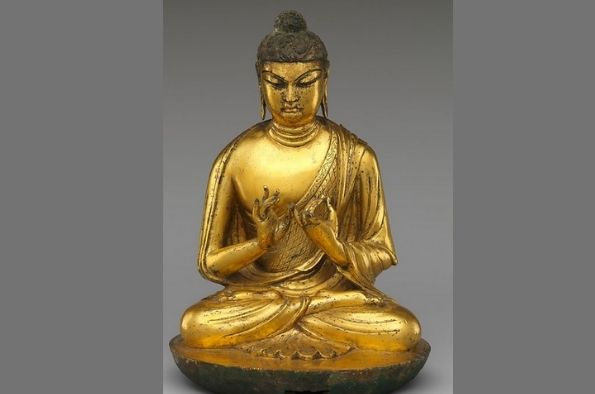
Stories, myths and practices of Buddhist clerics in late-imperial China
Add this event to my calendar
Click on "Create a calendar file" and your browser will download a .ics file for this event.
Microsoft Outlook: Download the file, double-click it to open it in Outlook, then click on "Save & Close" to save it to your calendar. If that doesn't work go into Outlook, click on the File tab, then on Open & Export, then Open Calendar. Select your .ics file then click on "Save & Close".
Google Calendar: download the file, then go into your calendar. On the left where it says "Other calendars" click on the arrow icon and then click on Import calendar. Click on Browse and select the .ics file, then click on Import.
Apple Calendar: The file may open automatically with an option to save it to your calendar. If not, download the file, then you can either drag it to Calendar or import the file by going to File >Import > Import and choosing the .ics file.
In Ming and Qing vernacular literature Buddhist monks are often portrayed as sexual predators, evil magicians and even political rebels. Do these literary images reflect reality? Can we say there was a “decline” in Buddhism in late imperial China? The “decline” thesis is at best misleading. Buddhist beliefs and practices flourished in late imperial society and appealed to people of all social backgrounds. Officials might have portrayed monks negatively, but for ordinary folks they fulfilled ritual life and eminent ones were much venerated, by commoners and the elite.
The negative image of monks in literary works has three explanations during this period: first, in late imperial China Confucianism was entrenched as a state ideology in the form of “Confucian ritualization”, a kind of ritual/textual purism. The elite became increasingly detached from “non-orthopractic” rituals, including Buddhist clerical rituals. The social status of the clergy sank relative to that of the Confucian scholarly elite. Their image as low-ranking ritual specialists further tarnished the clergy.
In addition, the culture of reading was changing. In the sixteenth century rapid urbanisation, increasing literacy and new print technologies, created a market for entertainment literature. The clergy was just one of many topics: if there were more portrayals of lecherous clerics compared to earlier periods, there were also more images of libertine scholars and adventurous girls. Third, many of the stories about lecherous monks expressed a growing male anxiety about female chastity. Monks were one of the few males outside the family circle with access to women, and so were readily cast in the role of seducers. A typical plot involves a woman who invites a monk home to perform rituals and is then seduced by him. Such stories are not “anticlerical” in the strict sense.
These stories – the construction of the image of the Buddhist cleric – reveal to us many aspects of the profound change that took place in late-imperial (or early modern) China due to changes in the market, urbanisation and technologies.
